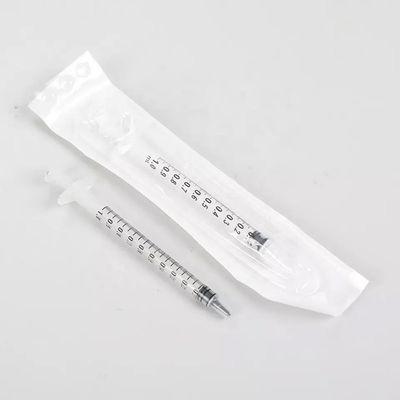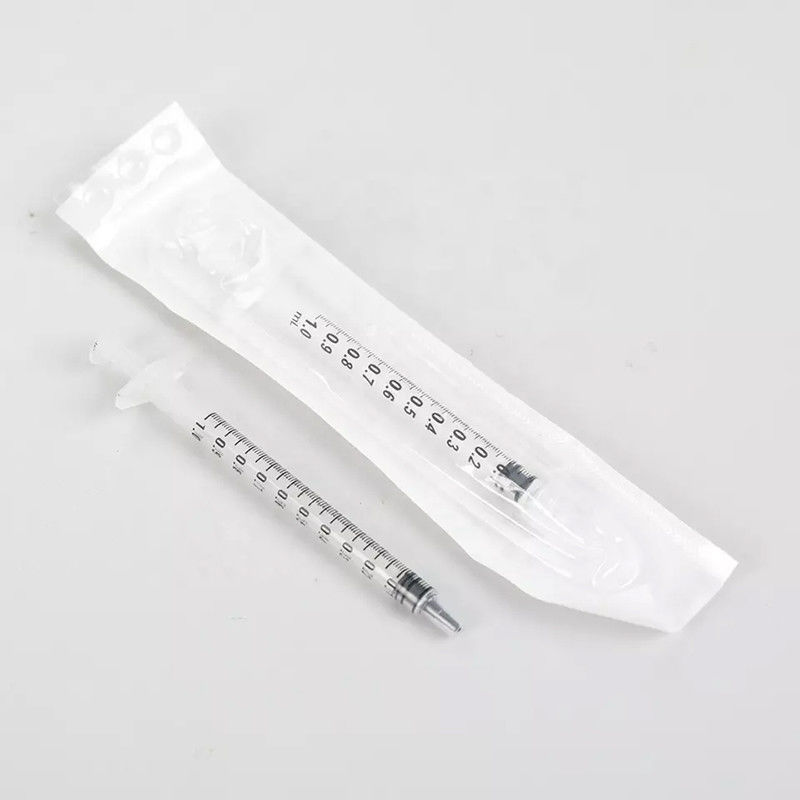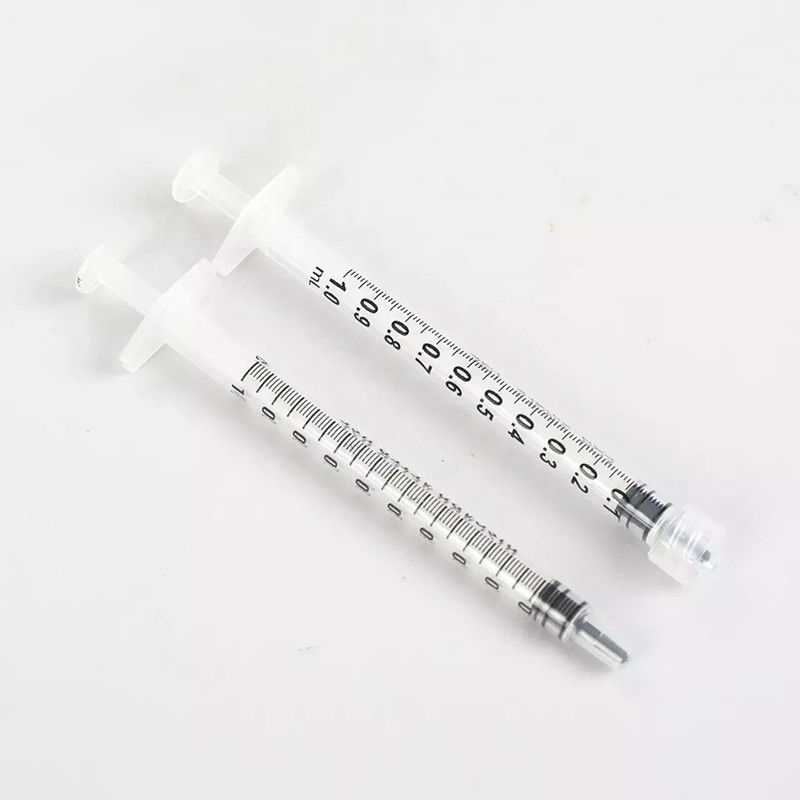
Medical Disposable Sterile Syringe Disposable Tuberculin Syringe 1 ml
-
Highlight
Medical Disposable Sterile Syringe
,Disposable Tuberculin Syringe 3ml
,Disposable Sterile Syringe 1ml
-
NameTuberculin Bacilluus Syringe
-
KeywordDisposable Syringe
-
PropertiesInjection & Puncture Instrument
-
Size1ml
-
MaterialMedical Grade PP
-
TypeLuer Slip Or Luer Lock
-
Disinfecting TypeEOS
-
Instrument ClassificationClass II
-
FeatureEco-friendly
-
Quality CertificationCE ISO
-
Place of OriginChina
-
Brand NameHenan Aile
-
CertificationCE
-
Model NumberBCG
-
Minimum Order Quantity10000pcs
-
PriceNegotiable
-
Packaging DetailsSingle in a Paper-plastic packaging,100pcs/box
-
Delivery Time20-30 days
-
Payment TermsL/C, T/T
-
Supply Ability10000000 pcs per month
Medical Disposable Sterile Syringe Disposable Tuberculin Syringe 1 ml
Medical Disposable Syringe 1ml used in the administration of the Tuberculin Bacillus
1. Capacity: Tuberculin syringes are typically small, with a common capacity of 1 ml. This smaller size allows for the precise administration of small volumes of liquid, which is essential for tuberculin skin testing.
2. Graduations: The barrel of a tuberculin syringe is marked with fine graduations, allowing healthcare professionals to measure and administer very small amounts of medication accurately.
3. Needle: Tuberculin syringes are often equipped with a short, thin needle suitable for subcutaneous injections. This type of injection is commonly used for tuberculin skin tests.
4. Luer Slip or Luer Lock: These syringes may come with a Luer Slip or Luer Lock connection, providing options for different medical settings and preferences.
5. Disposable: Tuberculin syringes, like many medical syringes, are designed for single-use to prevent cross-contamination and the spread of infections.
![]()
| Name | Tubercle bacillus syringe |
| Material | Plastic |
| Volume |
1ml,1/2ml are available |
| Application | Injection & Puncture Instrument |
| Feature | Disposable |
| Needle |
With or without fixed needle,needle size:26G-30G |
| Nozzle |
3parts,luer lock or luer slip |
| Plunger type | Transparent |
| Sterile | sterile by EO gas , non-toxic , non-pyrogen |
![]()
Tuberculin syringe
Tuberculin syringes are devices used to measure and deliver a specific amount of liquid through a needle. They are used for subcutaneous or intradermal injections of medicines, vaccines, or other substances.
The smallest, commercially available tip is 36-gauge. The tip is so small that it can be inserted into the opening of the 33-gauge needle tip.
Tuberculin syringes are graduated, hold up to 1 mL/cc of liquid, are sterile and latex-free, and may have varying needle sizes, including attached short, fine-gauge needles or a Luer lock or slip needle hub.


